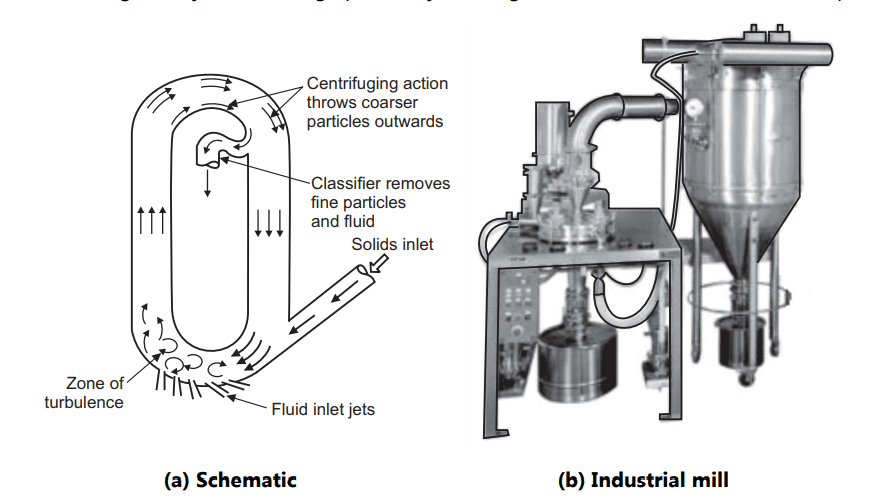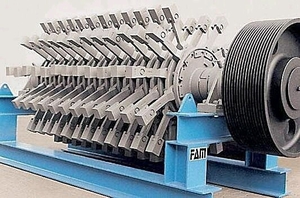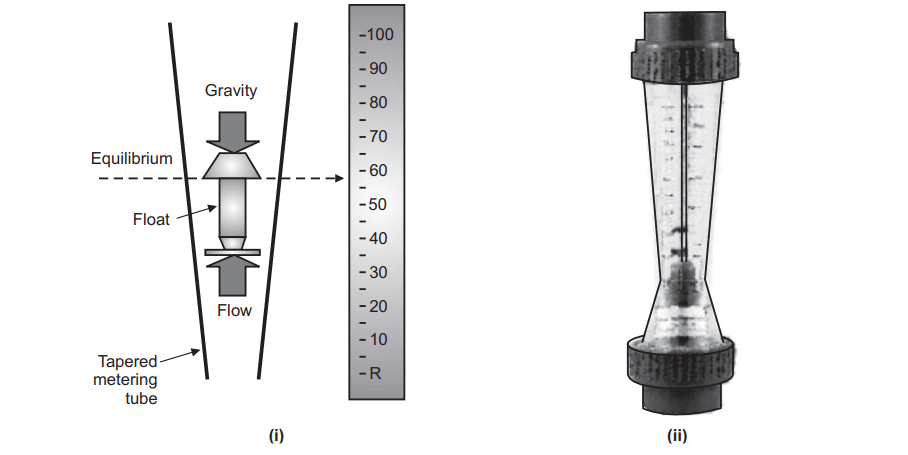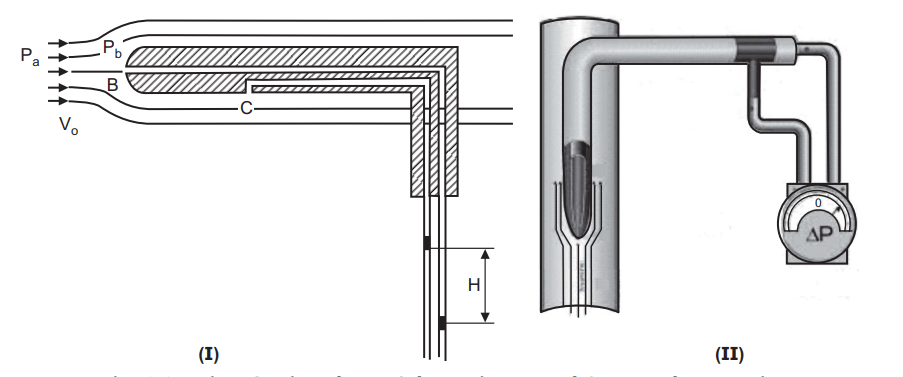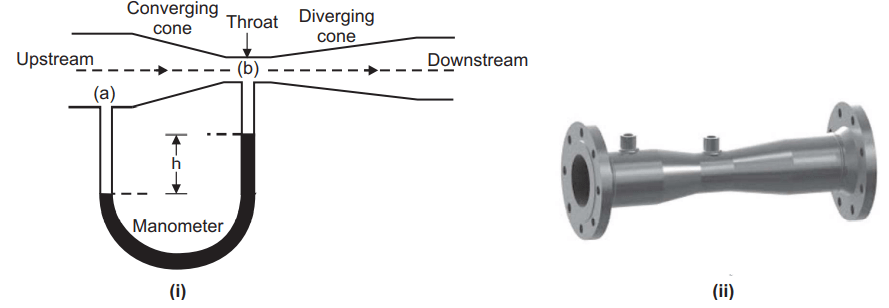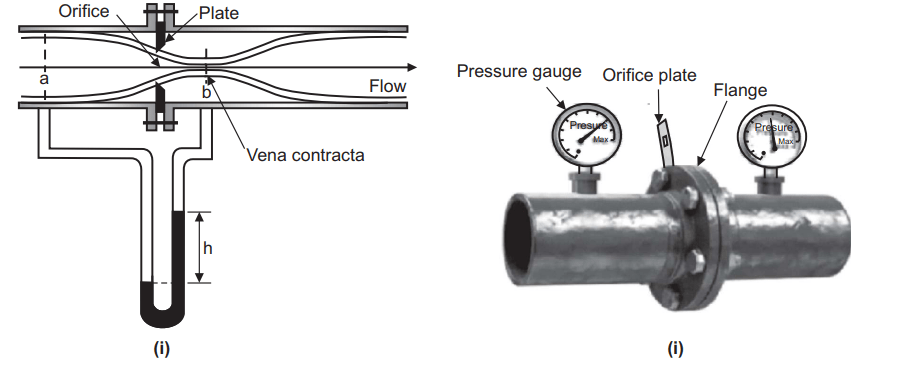Fluid Energy Mill
A pulverizer, micronizer, and jet mill is also known as a fluid energy mill. It’s utilized for fine grinding and controlling particle size. The particles are reduced using an attrition and impact mechanism involving air or inert gas injected through the nozzles in the chamber. This mill is primarily used to finely grind heat-sensitive materials. … Read more
